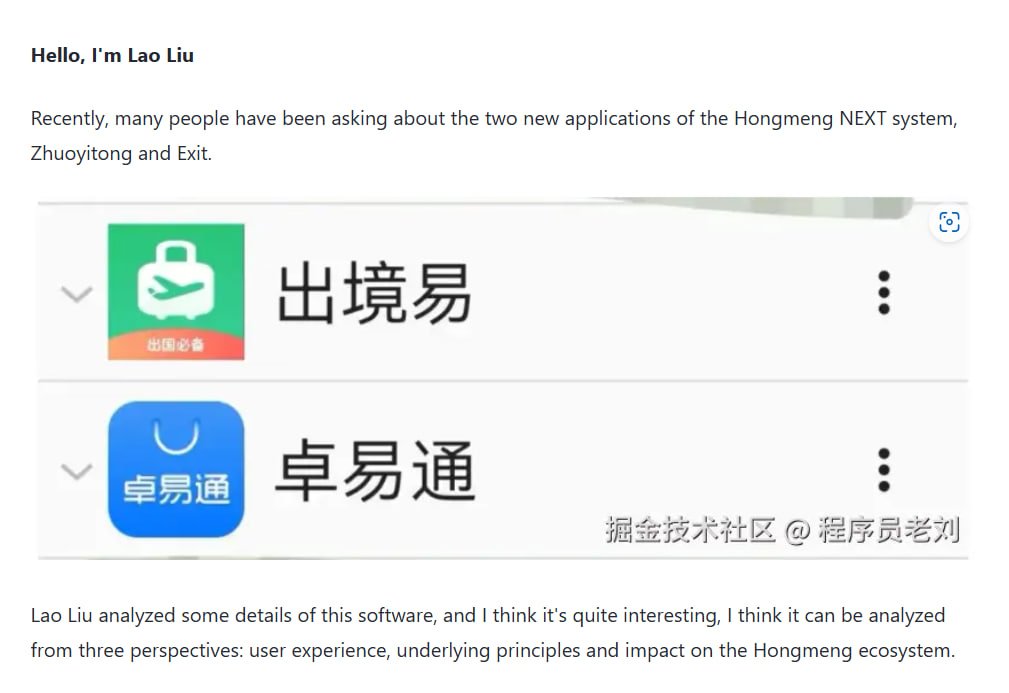In conclusion, EasyAbroad uses LXC solution and Zhuoyitong uses iSalud container engine from OpenAtom openEuler project from Huawei; both are containerised applications on HarmonyOS Next

LXC (Linux Containers) and iSulad are both container solutions, but they have different focuses and implementations. Here’s a comparison: LXC (Linux Containers) Language: Written in C.
Architecture: Provides OS-level virtualization by using Linux kernel features like namespaces and cgroups. Use Case: Suitable for creating and managing system containers that behave like lightweight virtual machines.
Integration: Works well with various container orchestration tools and is widely used in environments where lightweight virtualization is needed
iSulad Language: Written in C/C++. Architecture: Designed as a lightweight container engine, optimized for resource-constrained environments like edge computing and IoT. Use Case: Focuses on low memory overhead and high performance, making it ideal for embedded systems and
scenarios where resources are limited. Integration: Supports standard OCI (Open Container Initiative) runtime interfaces and can work with mainstream container runtimes like runc and kata. It also modifies LXC to support the OCI standard.
Key Differences Performance: iSulad is optimized for low memory usage and high performance, making it more suitable for resource-constrained environments compared to LXC.
Flexibility: LXC is more flexible for general-purpose containerization, while iSulad is tailored for specific use cases like edge computing and IoT.
Compatibility: Both support OCI standards, but iSulad’s integration with LXC and other runtimes provides additional flexibility in constrained environments
